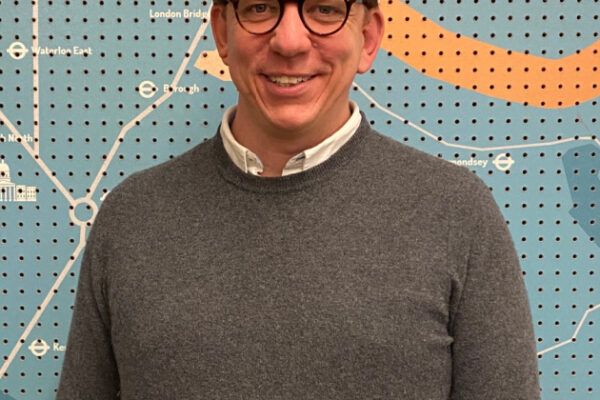Lived experience by design: a framework for responsible mental health innovation

From the beginning of founding Thalamos, I’ve been aware that to deliver a successful, safe mental health tech solution, consulting people with lived experience is crucial. Understanding where and how your technology might impact patients is key to ensuring it helps, and never hinders, their recovery. This remains true whether or not patients interact directly with your product. Yet too often, I’ve sadly found that some view the inclusion of lived experience as simply a low-priority, tick-box exercise to demonstrate compliance.
Without a clear framework to guide its use, interpretation of how lived experience should be implemented varies widely. At Thalamos, we believe that to be effective, it must be consciously and practically addressed at every stage of development.
Asking ‘why are we doing this?’
It’s a simple question, but one that I’ve found extremely helpful to ask when evaluating how to effectively incorporate lived experience into product design. Throughout each stage of development, small and seemingly insignificant decisions can produce ramifications for patients further down the line.
Communicating this to your team is key. No matter what their role – programmer or coder, UX design manager or company CEO – every single member of the team should be aligned on the importance of lived experience.
Then I’d always ask: ‘how can we do things differently?’ This helps the transition from an understanding of the need for lived experience to a set of tangible actions which ensure it is approached and implemented successfully throughout your team.
How can lived experience be implemented?
There are a number of different levels at which lived experience can be implemented:
- A wide and diverse demographic can be asked about their experiences through surveys
- Smaller steering groups can be consulted on individual design features and processes
- People with lived experience can be placed in senior roles within a company to help reinforce and steer the continued application
At every single level there are unique and important benefits to be gained. However, each is vulnerable to becoming merely performative if not used carefully. There are a number of ways you can prevent this from happening. Focus on the quality of the impact your consultation of lived experience is having on your product, not the quantity of advisors involved. Support individual team members to transform the insights provided into tangible actions that will optimise the impact on patients. Finally, look for advisors who not only have lived experience, but also hold a working knowledge of the regulations, processes and safeguarding involved in mental healthcare. This will help ensure that lived experience can be easily turned into effective action which strengthens your product offering.
It’s not enough to simply listen, and it cannot be a one-time exercise. As your product evolves, so too will its potential impact on patients. The regular input of lived experience along the way is vital for ensuring this optimisation continues.
Lived experience by design
At Thalamos, lived experience has always been a top priority. However, we quickly realised that there were no guidelines on how to safely and effectively implement it. So we built our own framework to ensure lived experience could be impactfully used at every stage of our product development.
This framework – ‘lived experience by design’ – focuses on consulting lived experience from the very start of product design all the way through to implementation. We do this by regularly consulting our steering group and stakeholders to assess the potential impact of any new feature or function, using survey results from the 2018 Mental Health Act review to understand broader patient experiences, and ensuring our team includes key members with their own lived experience. Consultation is based around the four ethical principles outlined by the Mental Health Act review:
● Choice and autonomy – ensuring service users’ views and choices are respected
● Least restriction – ensuring the MHA’s powers are used in the least restrictive way
● Therapeutic benefit – ensuring patients are supported to get better, so they can be discharged from the MHA
● The person as an individual – ensuring patients are viewed and treated as individuals
Insight gained from all those we regularly consult on lived experience helps to ensure that our product is always working to meet these principles.
Most importantly, we strive to implement a culture of responsible innovation. As CEO, I know it’s my responsibility to lead in a way that encourages open listening, communication and understanding. This two-way communication helps the voices of those with lived experience be effectively heard and acted upon.
Looking ahead
While we’ve worked hard to build our ‘lived experience by design’ model, we know there is always room for improvement.
What’s needed is a means for all health tech providers to share their own methods and experiences, and to collaborate on building a best practice model. I’m not just talking about celebrating the success stories – by sharing the things that haven’t worked, as well as the things that have, we can work together much more effectively to bring about change.
The perfect approach to lived experience won’t materialise overnight. However, by sharing best practices, encouraging a culture of responsible innovation and actively looking for ways to change and improve our inclusion of lived experience, it can and will have a truly transformative impact on patient care.